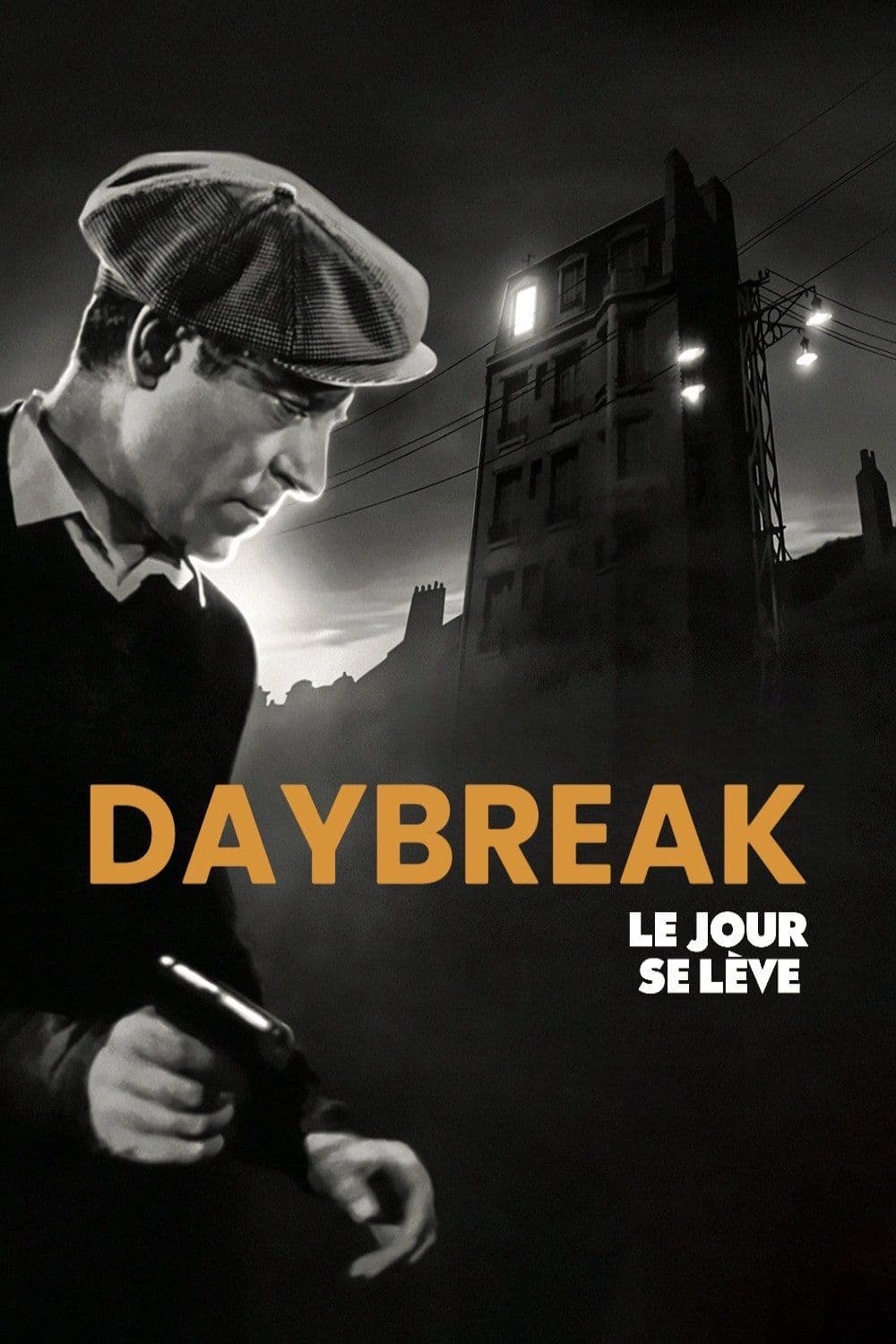
Daybreak
1939
Rate this movie
Average: 0.00 / 5
(0 votes)
Director
Le jour se lève (Tragic Dawn) is a film that marked the history of cinema with its dramatic intensity and its poetic representation of human despair.
Carné creates a claustrophobic and oppressive atmosphere, which reflects the protagonist's state of mind, trapped in a hotel room and tormented by memories.
The film is a work of great poetic realism, combining attention to the details of everyday life with a lyrical and symbolic dimension.
Jean Gabin, in the role of François, delivers an intense and memorable performance, bringing to life a complex and tormented character, a victim of a tragic fate.
Jacques Prévert's screenplay, with its poetic dialogues and reflections on life and death, contributes to creating an atmosphere of profound melancholy and disillusionment.
A film that in some ways was a precursor to Italian neorealism and an authoritative source of inspiration for many filmmakers of the movement.
Carné delicately manages the scenic elements (actors, setting, objects) and makes them exude a powerful breath of truth.
François, a worker, barricades himself in his hotel room after killing Valentin, a man who humiliated him and stole the love of Françoise, a young florist.
As the police surround the building, François retraces his story through a series of flashbacks.
He recalls his encounter with Françoise, the birth of their love, the jealousy and rivalry with Valentin, leading up to the tragic epilogue.
The film alternates moments of great dramatic intensity with dreamlike and surreal sequences, which reflect the protagonist's confused and anguished state.
The tragic and inevitable ending leaves the viewer with a sense of profound poignancy and reflection on the fragility of life and the cruelty of fate.
Le jour se lève is a film that, as mentioned, profoundly influenced subsequent cinema.
Its attention to social reality, its representation of working-class environments, and its choice to use non-professional actors inspired directors such as Vittorio De Sica, Roberto Rossellini, and Luchino Visconti.
Carné's film has also been the subject of remakes and homages in different cultures.
Its ability to combine realism and poetry, drama and psychological introspection, makes it a work of great artistic and cultural value.
But Carné does not merely reproduce reality faithfully; he enriches it with a dreamlike and evocative dimension, creating atmospheres dense with mystery and poetry.
In Le jour se lève, this dreamlike component is particularly evident, contributing to making the film a work of great emotional intensity and strong visual impact.
The narration is fragmented by flashbacks that show François's memories, creating a non-linear progression of time.
These flashbacks are not simple objective memories, but are filtered through the protagonist's state of mind, and often take on a surreal connotation.
Curt Courant's black and white cinematography creates an evocative aura, with strong contrasts of light and shadow that envelop the characters and environments.
Shadows lengthen and distort, creating a sense of mystery and unease, and contributing to making the atmosphere uncertain and elusive.
The film is rich in symbolic elements that contribute to creating a semantic plane parallel to the Epic.
For example, the sequence in which François imagines killing Valentin and throwing his body into the river is characterized by a hallucinatory atmosphere; his crime remains suspended in potential, yet the viewer simultaneously knows that it truly occurred in the man's story.
Carné's genius in this work lies precisely in perfectly balancing the two planes of dream and reality, creating an engaging narrative that envelops the viewer and grips them from beginning to end.
Country
Gallery
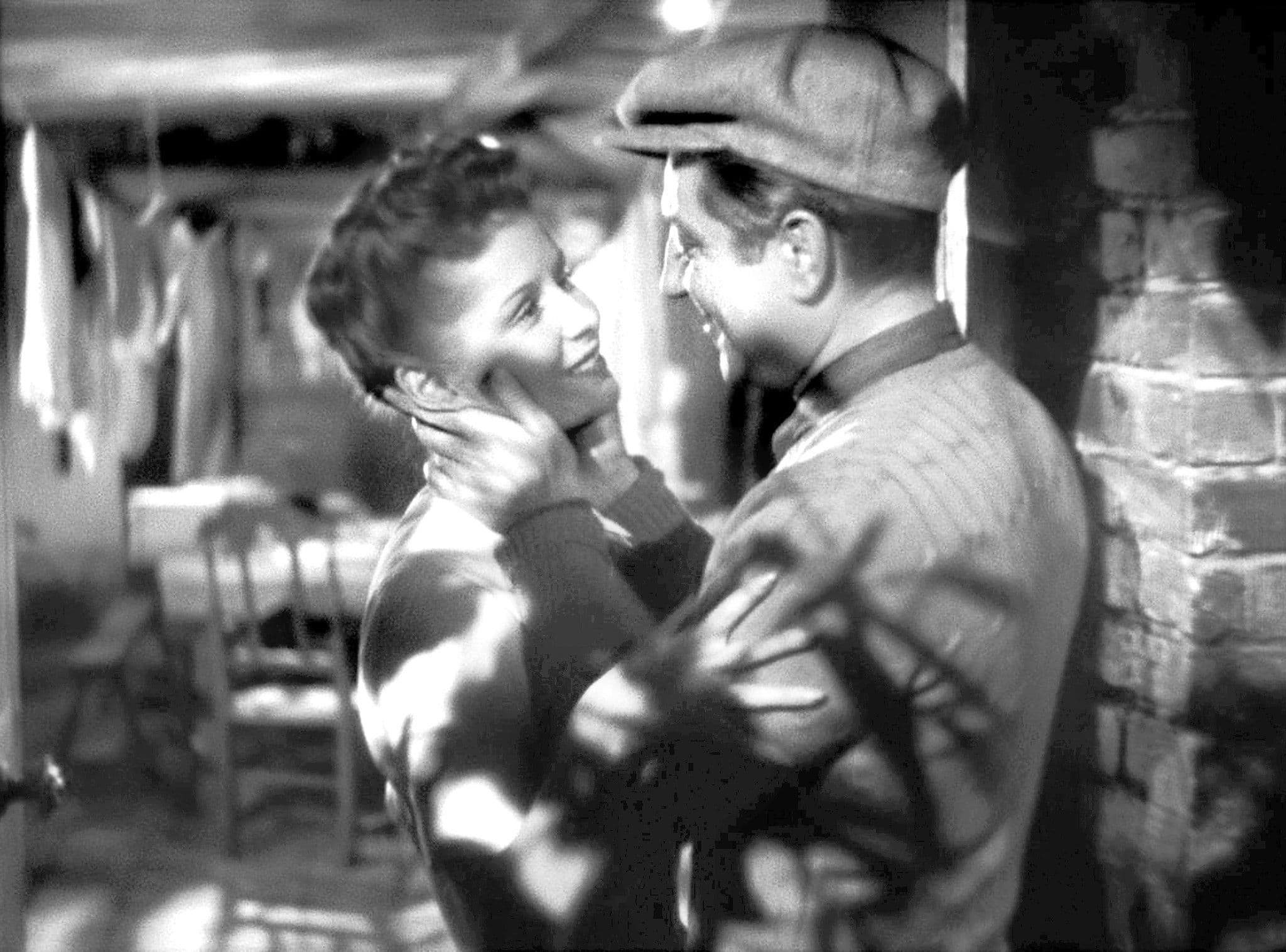
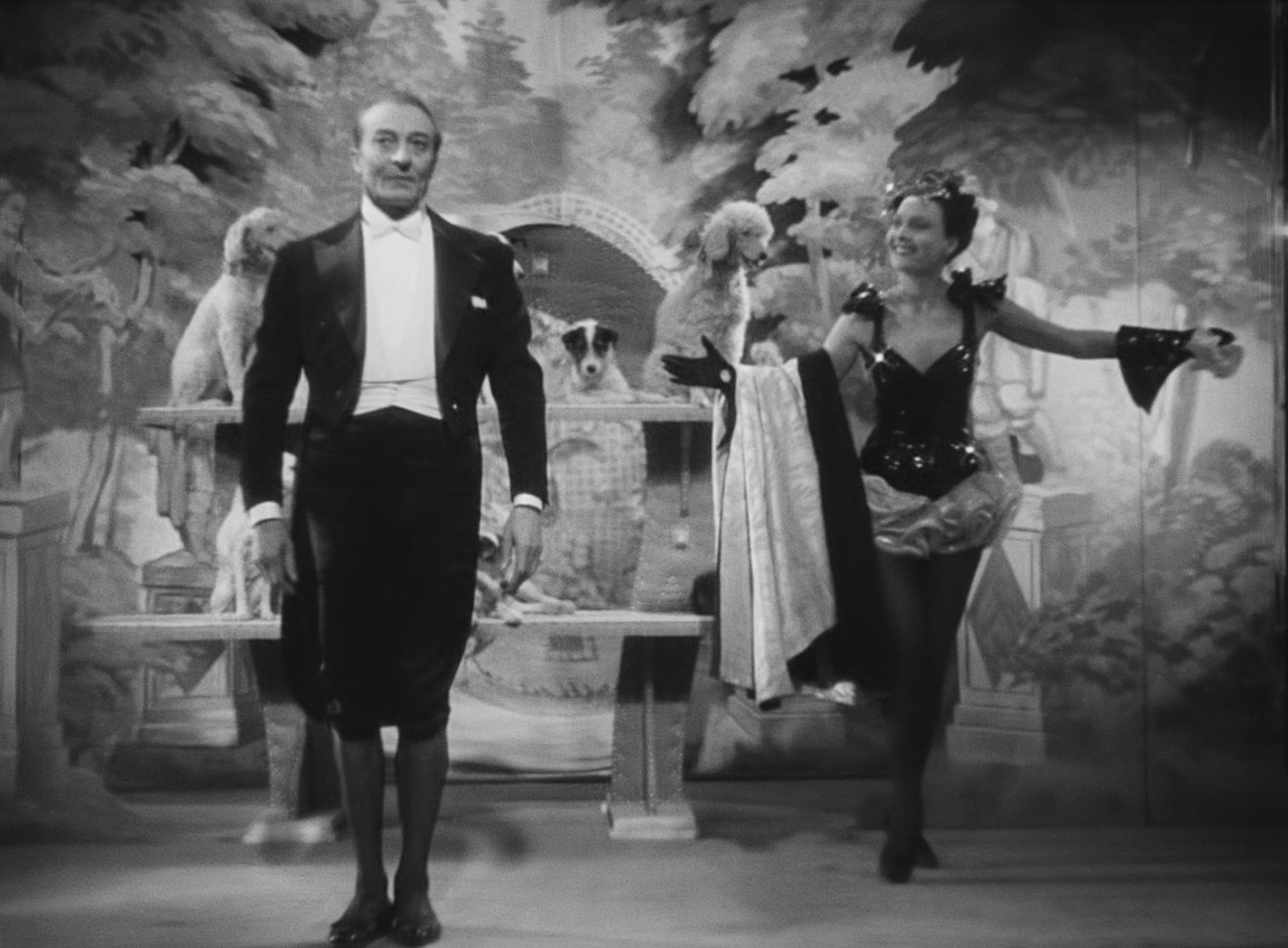
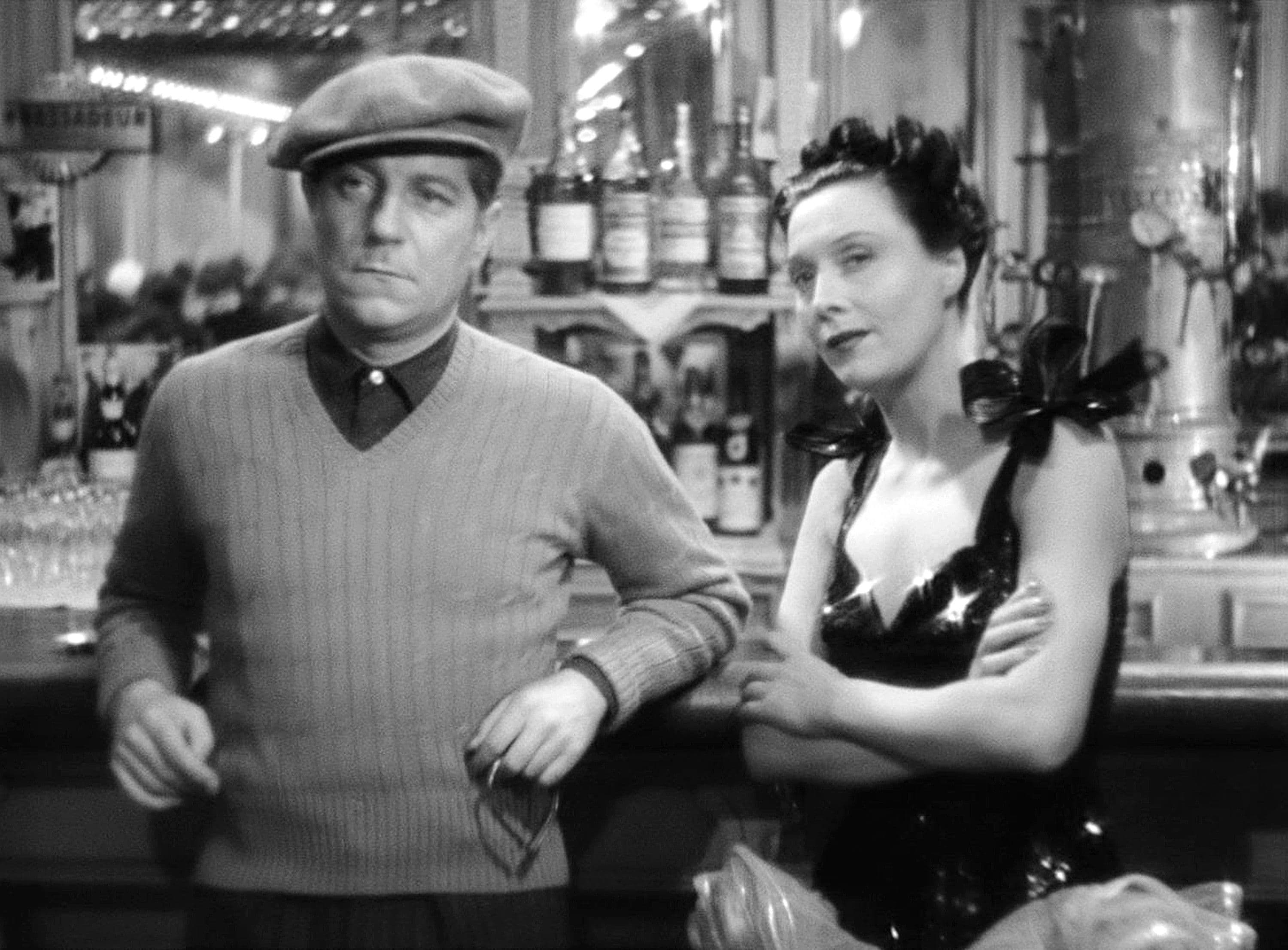
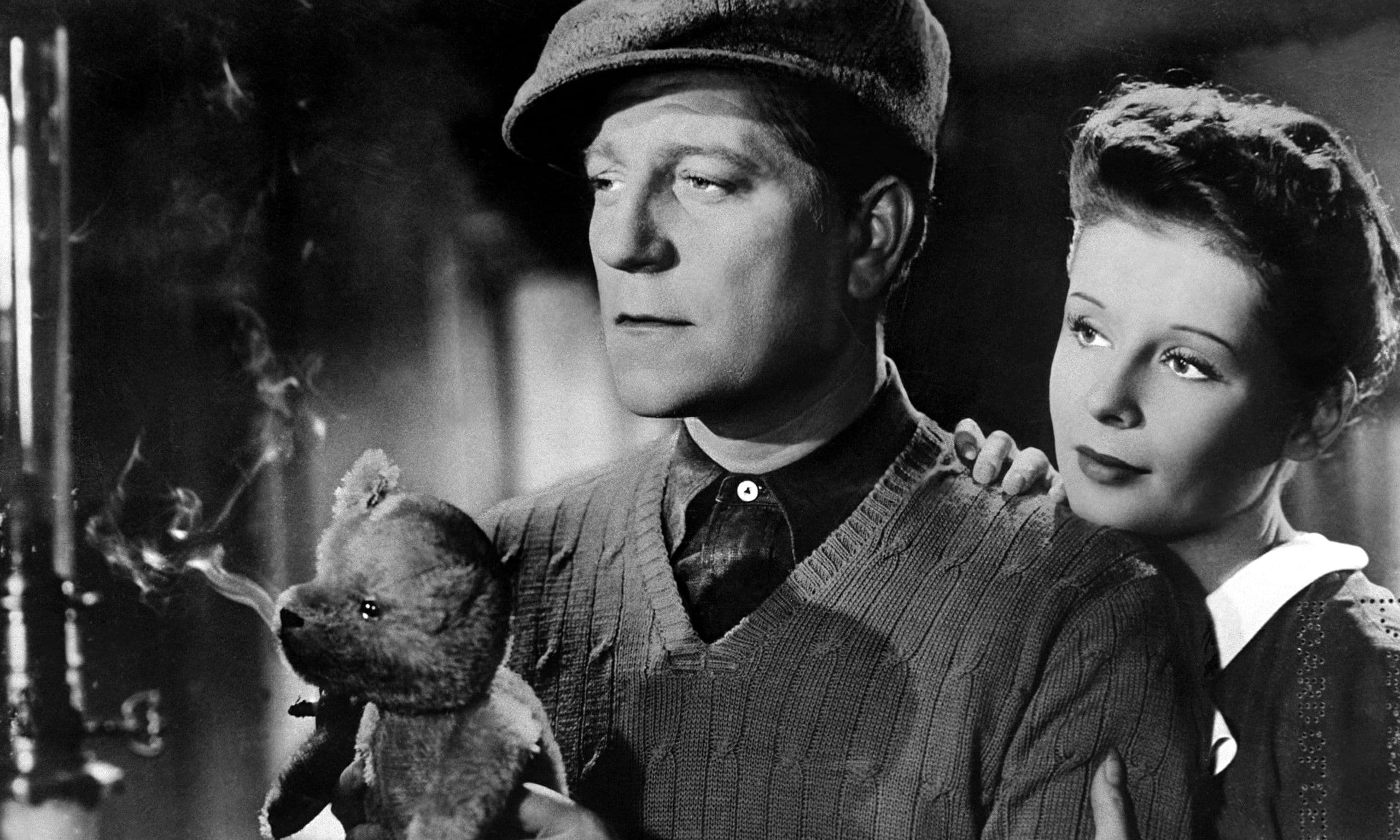
Featured Videos
Official Trailer
Comments
Loading comments...